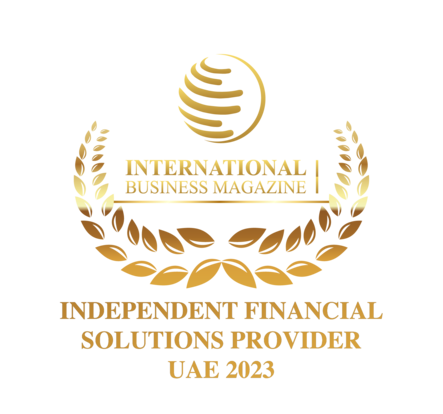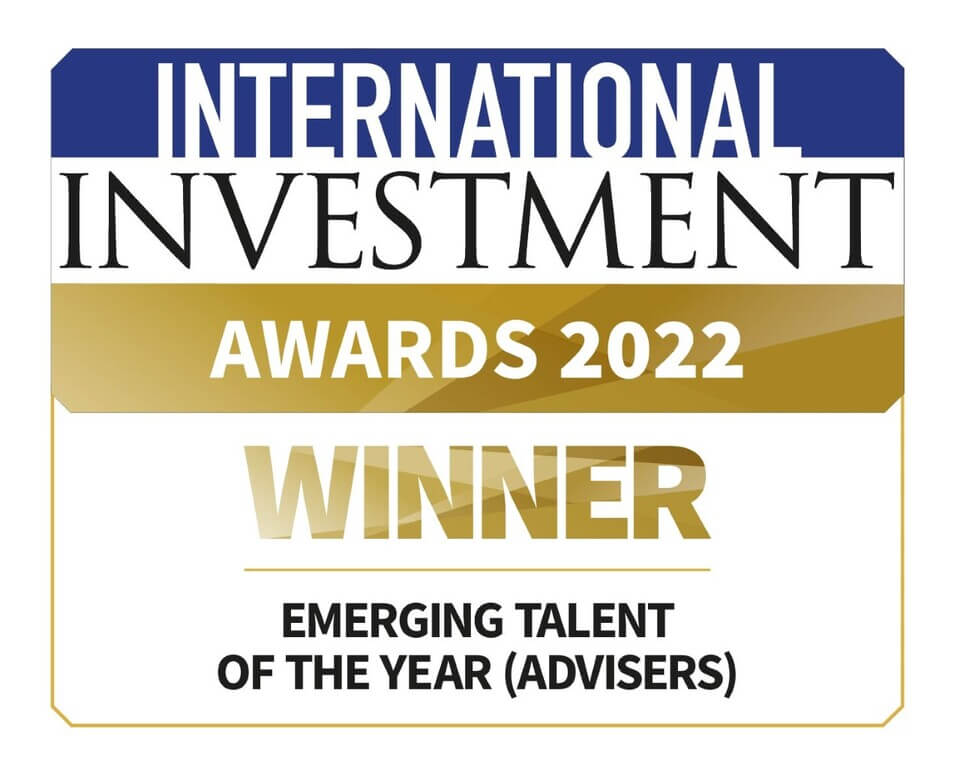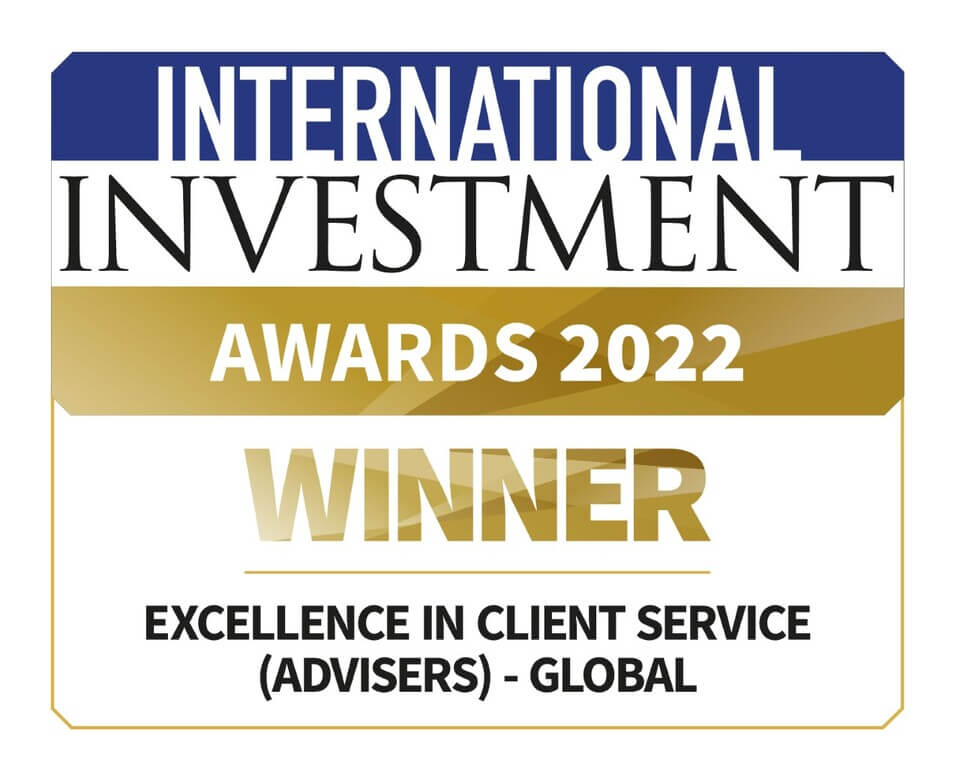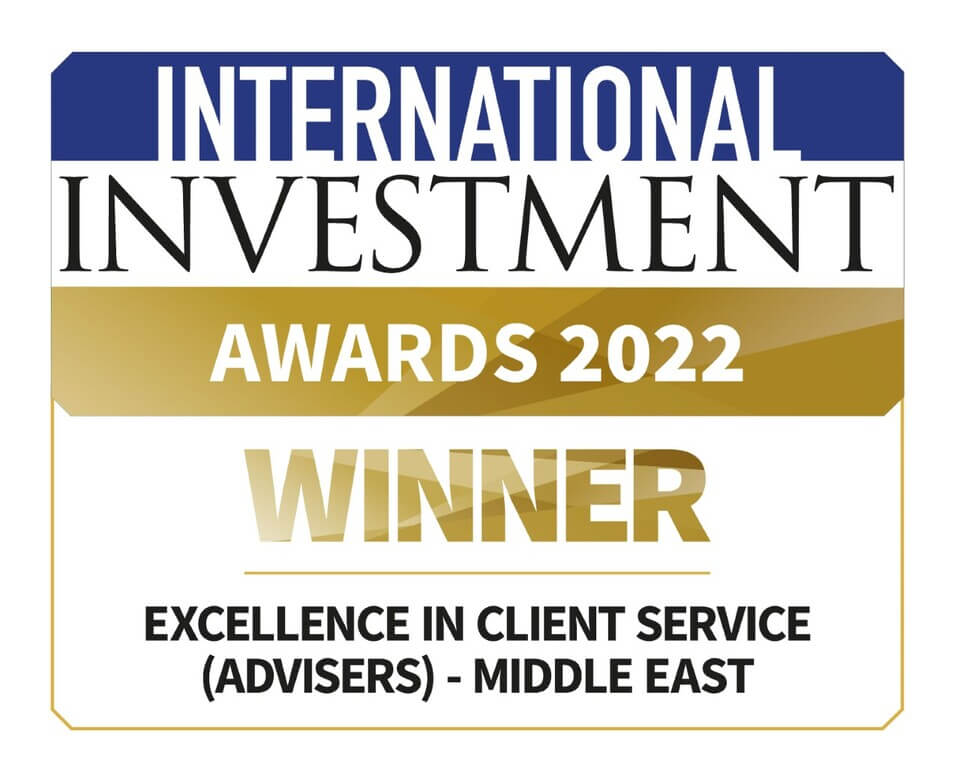
Introduction to Hedge Fund Trading Styles
Posted on: 11th January 2015 in
Investments
To many people, hedge funds are a mysterious part of the financial industry. Even many financial professionals don’t understand what exactly hedge funds do.
In fact, hedge funds work much like traditional mutual funds. Most of them trade and invest in the same securities, like stocks, bonds or currencies. The difference is in the way they trade these securities, i.e. leverage, direction, time horizon or decision making tools and procedures.
Not only do hedge funds as a group differ from traditional funds – most importantly, there are big differences in trading styles within the hedge fund universe. Understanding the styles, particularly their risk exposures and performance drivers, is essential to successful hedge fund investing.
Four big groups are:
- Equity market directional.
- Corporate restructuring.
- Relative value.
- Macro and opportunistic.
Equity market directional hedge funds
As the name suggests, equity market directional funds trade equities (stocks). Unlike stock mutual funds, they often take short positions, apply leverage or trade more frequently. Sub-styles include long only funds, short selling funds and the very common and popular long/short equity style, where both long and short positions are open at the same time, typically with net long exposure to the overall market.
Like stock mutual funds, hedge funds often specialize in a particular industry, geographical area or market capitalization. Decision making is based on in-depth fundamental analysis, quantitative models, or a combination of these.
Corporate restructuring hedge funds
Corporate restructuring funds take advantage of special situations such as mergers, acquisitions or cases when a company is in severe difficulties or even bankruptcy. The securities (mostly stocks, bonds and options) traded by corporate restructuring funds are often very illiquid or even not exchange-traded. Sometimes the hedge fund manager is trying to actively influence the company’s management, which is known as activist investing or activist hedge funds.
Profit is made when an event (e.g. a merger) happens as the manager has expected or when the company is turned around and survives its distress situation. Popular sub-styles include event-driven funds, distressed securities funds and merger arbitrage funds.
Relative value hedge funds
A key characteristic of relative value funds is that their net exposure to the stock or bond market as a whole is zero or very small. This is achieved by taking long and short positions in similar securities (for example two different mining stocks or two bonds with different maturities) in equal size at the same time. A trading opportunity arises when relative prices of a pair of securities diverge from their long term average pattern and the hedge fund manager bets on them coming back (it is called mean reversion). Because relative price changes tend to be very small, these funds often apply high leverage, which can be very risky if something unexpected happens.
In theory, the performance of relative value funds should be uncorrelated to the direction of the overall market, making them suitable for portfolio diversification. Common sub-styles include equity market neutral (stocks), fixed income arbitrage (bonds), volatility arbitrage (options) and convertible arbitrage (convertible bonds and stocks).
Macro trading and opportunistic hedge funds
The last group contains particularly global macro or macro funds, which trade assets driven mostly by macroeconomic trends, such as currencies, interest rates, commodities and stock indices. Some of these funds are managed by experienced economists, relying mostly on fundamental analysis and predicting global macroeconomic and political trends, while other funds are quantitative and trade based on complex computer models.
Other common styles within this group are commodity trading advisors (CTAs) or managed futures funds, which trade mainly futures contracts on commodities and other assets.
Different hedge fund style classifications
Numerous classifications of hedge fund trading styles have evolved over time. Some of them use different names or aggregate the individual sub-styles in different groups, but more or less all approaches recognize the common trading styles explained above.
Hedge funds with no single style
To make things even more complicated, some hedge funds trade in very unique ways and don’t quite fit in any of these groups. There are also funds which combine multiple styles (multi-strategy funds) and funds which invest in other hedge funds (funds of funds).


















